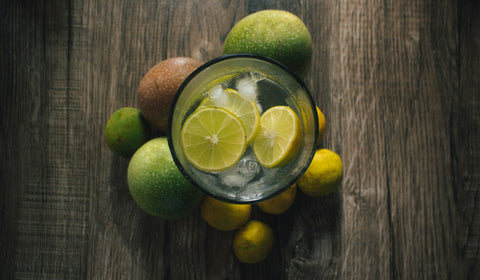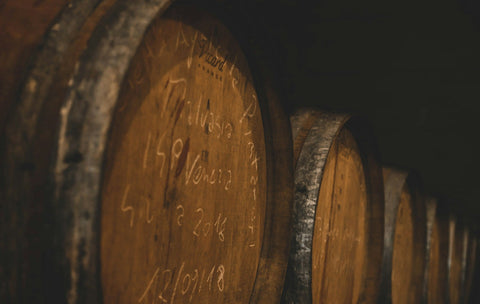Tequila is more than just a party favorite—it's a complex, artisanal spirit with centuries of history and a deep connection to Mexico's heritage. At the heart of every bottle lies the blue Weber agave, a plant whose grain and growing conditions influence the taste, aroma, and overall character of tequila. In this guide, we’ll explore the types of tequila, how they're made, and the impact of agave grain on each style.

🌵 The Heart of Tequila: Blue Weber Agave
All tequila must be made from 100% blue Weber agave (Agave tequilana), a succulent native to Jalisco and surrounding Mexican states. The agave grain—which refers to the structure, sugar concentration, and fiber quality—plays a massive role in determining flavor and quality.
-
Agave Maturity: Agave plants take 7–10 years to mature. The longer the plant grows, the richer the sugar content and the more complex the flavor.
-
Growing Conditions: Altitude, soil type, and climate all affect the agave’s natural sugar and mineral content, impacting taste and mouthfeel.
-
Harvesting & Cooking: Once harvested, the piñas (agave hearts) are cooked to convert complex carbohydrates into fermentable sugars, a step that deeply influences flavor.
🥃 The 5 Main Types of Tequila
1. Blanco (Silver) Tequila
Unaged and bottled immediately after distillation, Blanco tequila offers the purest expression of the agave grain.
-
Flavor Notes: Bright, earthy, peppery, and citrusy.
-
Grain Impact: Since it’s unaged, the quality and sweetness of the agave grain are front and center.
-
Best For: Margaritas, tequila shots, or sipping with citrus.
2. Reposado Tequila
Aged in oak barrels for 2 to 12 months, Reposado strikes a balance between agave and wood.
-
Flavor Notes: Vanilla, caramel, oak, and roasted agave.
-
Grain Impact: Agave grain adds depth and sweetness, which melds beautifully with the subtle barrel influence.
-
Best For: Old Fashioneds, Palomas, or sipping neat.
3. Añejo Tequila
Aged for 1 to 3 years, Añejo is smooth, rich, and ideal for whiskey lovers.
-
Flavor Notes: Chocolate, dried fruit, spice, and toasted oak.
-
Grain Impact: The grain's complexity evolves with age, giving a round, silky texture.
-
Best For: Neat pours or premium cocktails.
4. Extra Añejo Tequila
Aged over 3 years, Extra Añejo is luxurious and complex.
-
Flavor Notes: Dark chocolate, espresso, tobacco, and nuts.
-
Grain Impact: High-quality agave grain is essential, as it needs to stand up to prolonged aging.
-
Best For: Special occasions, neat or with a drop of water.
5. Cristalino Tequila
Filtered Añejo or Extra Añejo that is charcoal-filtered to remove color while keeping aged flavor.
-
Flavor Notes: Smooth, light, hints of vanilla and oak.
-
Grain Impact: Maintains aged grain complexity while offering the visual clarity of a Blanco.
-
Best For: Elegant sipping or high-end cocktails.
🔬 Why the Agave Grain Matters
Agave isn't just a source of sugar—it's the soul of tequila. The terroir (environment where agave is grown), the harvest time, and the processing technique all shape the final product:
-
Highland Agave: Grown at higher altitudes, these grains are sweeter and fruitier.
-
Lowland Agave: Earthier, spicier, and more herbaceous in character.
-
Traditional Stone Crushing (Tahona): Preserves more of the agave’s natural fiber and complexity.
-
Modern Roller Mills: More efficient but may strip away subtle flavor notes from the grain.
🛒 Where to Find Premium Tequila in New York
Looking to explore the diverse world of tequila? At Five Towns Wines & Liquors in New York, we carry a wide variety of Blanco, Reposado, Añejo, and craft tequilas—perfect for any taste or occasion. Whether you're building a top-shelf collection or looking for the ideal cocktail base, our selection offers something for everyone.
🌟 Final Sip: Respect the Agave
Understanding tequila means respecting the agave grain that shapes its soul. From raw, bold Blancos to rich, smooth Añejos, tequila’s diversity offers endless exploration. Next time you sip, think about the journey of the agave—from the red soil of Jalisco to your glass.

